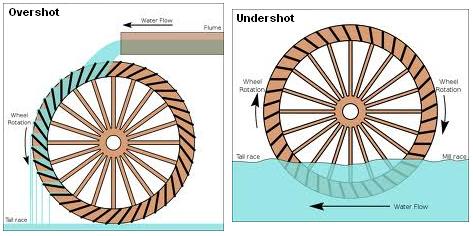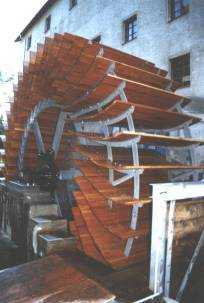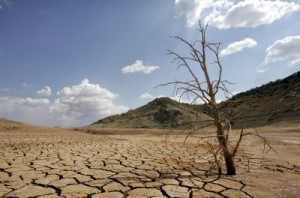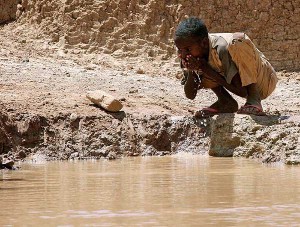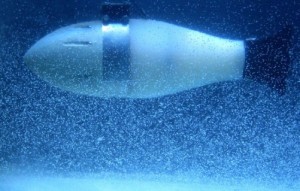 The goal of making robotic fish is to make them as functional as real fish but with the added sensors that humans want for detecting pollution, data about water, and so on.
The goal of making robotic fish is to make them as functional as real fish but with the added sensors that humans want for detecting pollution, data about water, and so on.
But to get there, they need to have the sensors fish naturally have — including lateral line sensing. This is how fish detect and use flow features like currents in water.
Tallinn University of Technology reports, “Though flow is a highly volatile and unsteady state of matter, it can nonetheless be measured and characterized based on many salient features that do not change much in space and time (such as flow direction or turbulence intensity, for example)”. Read more

